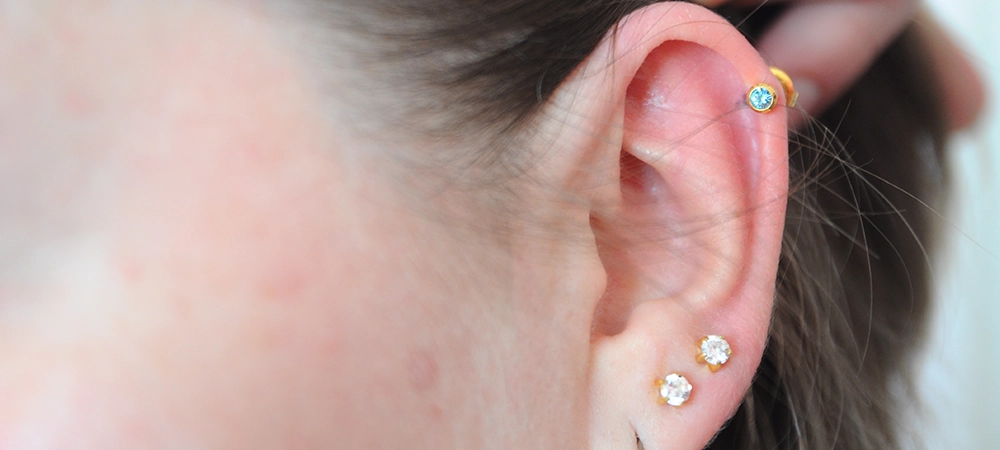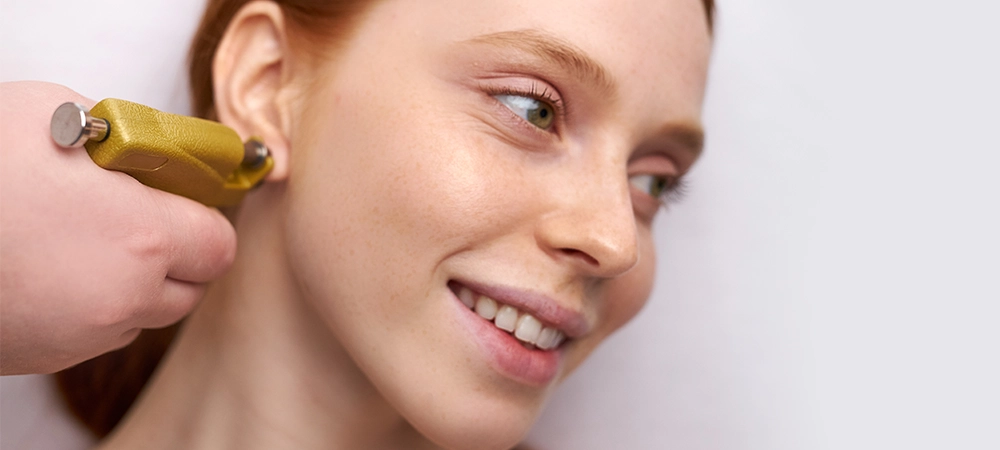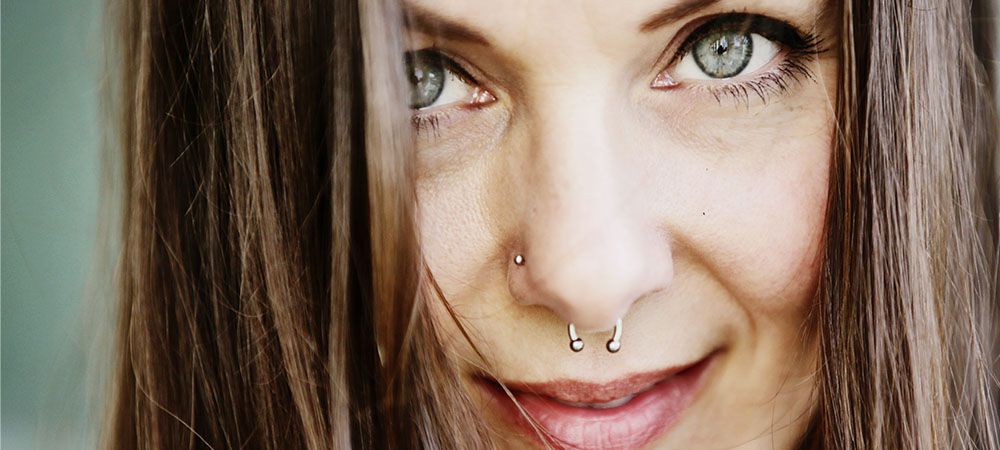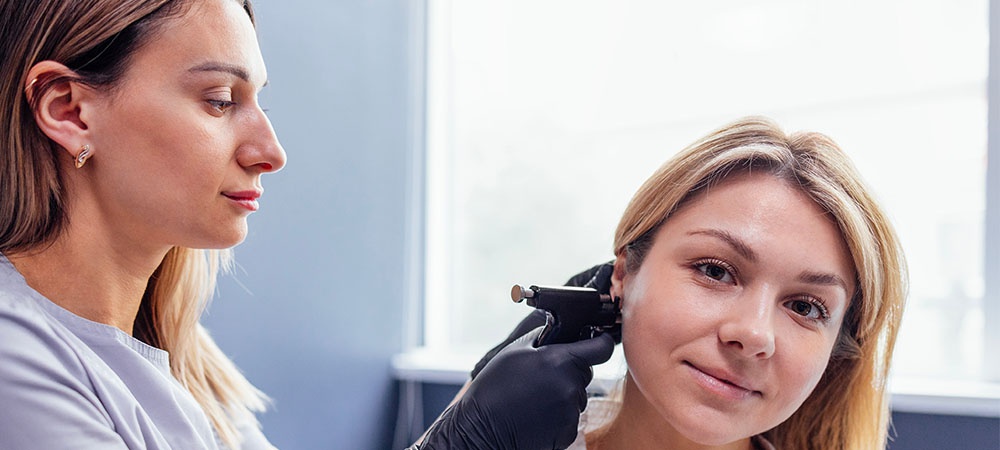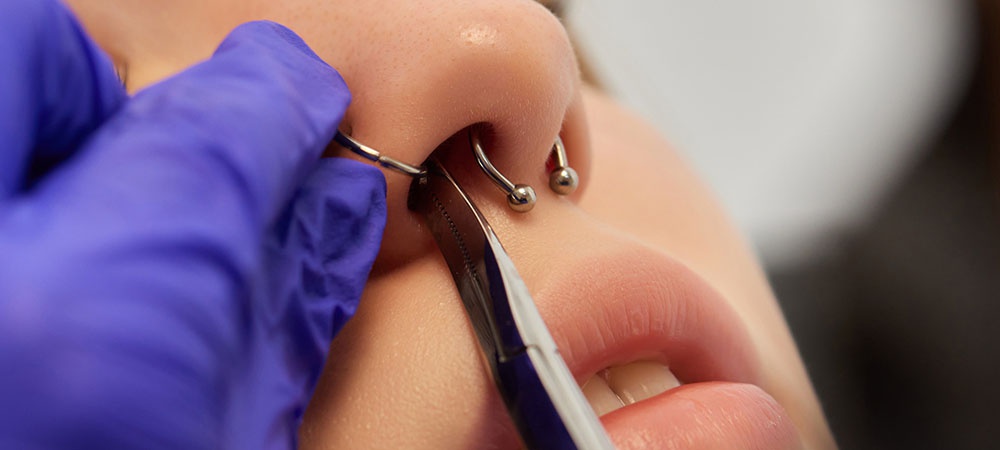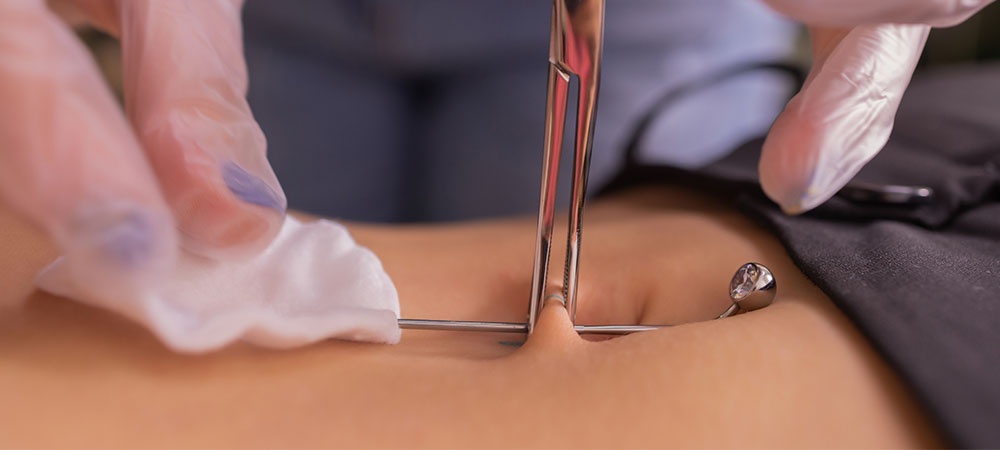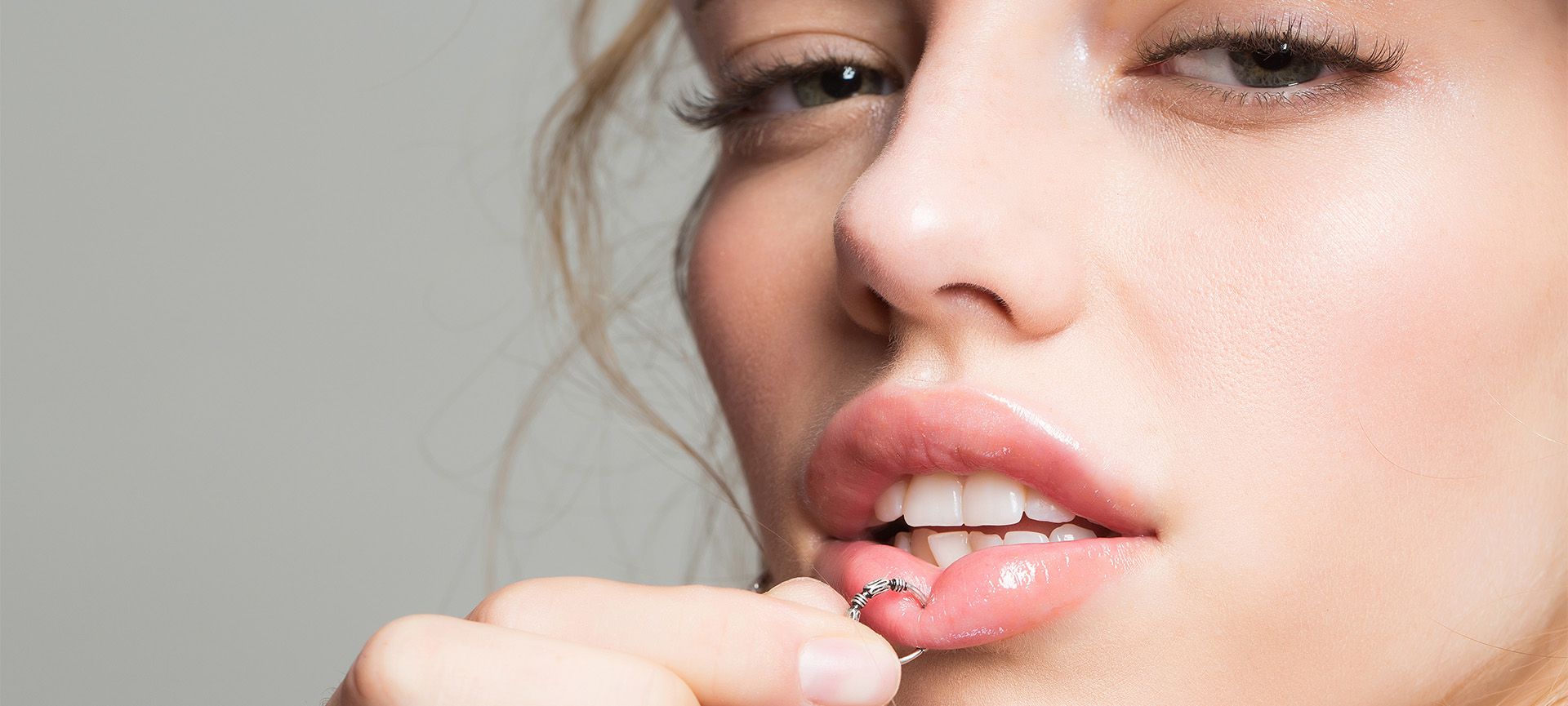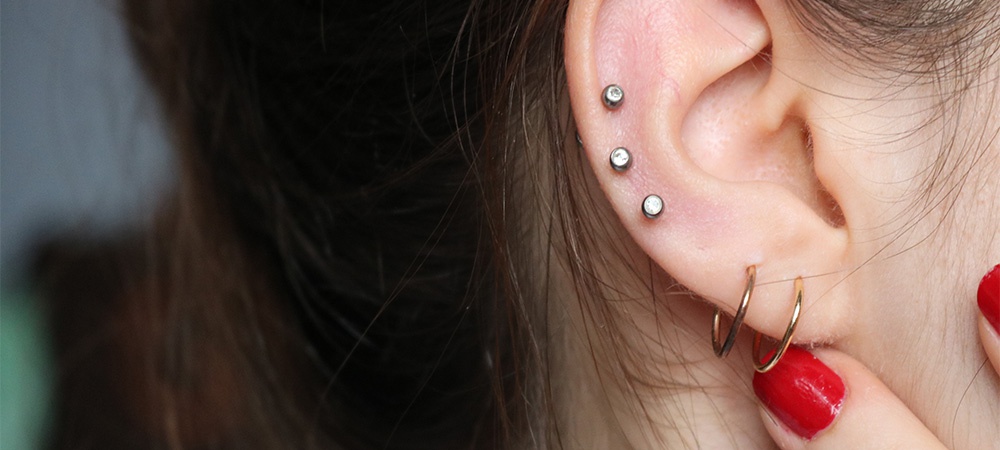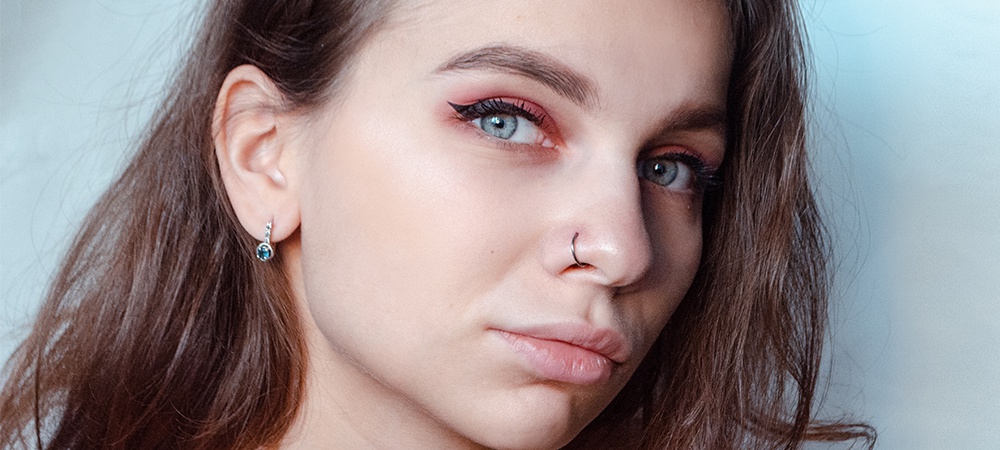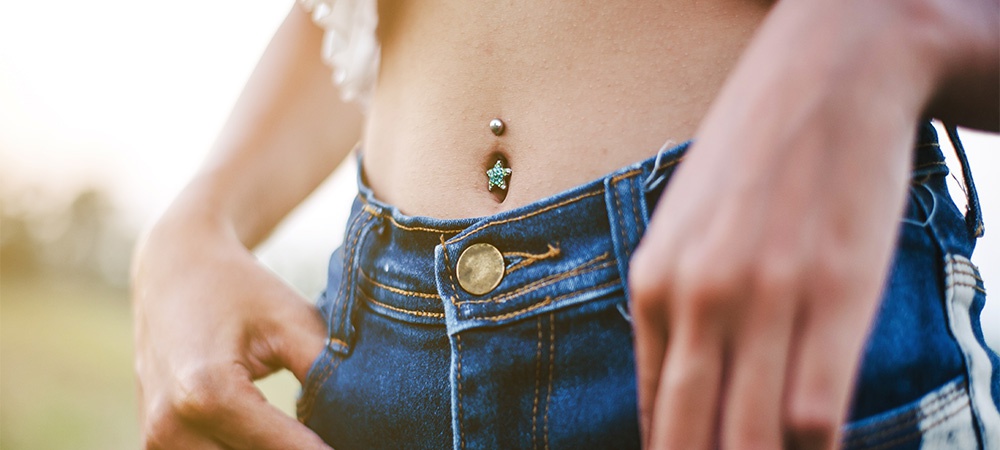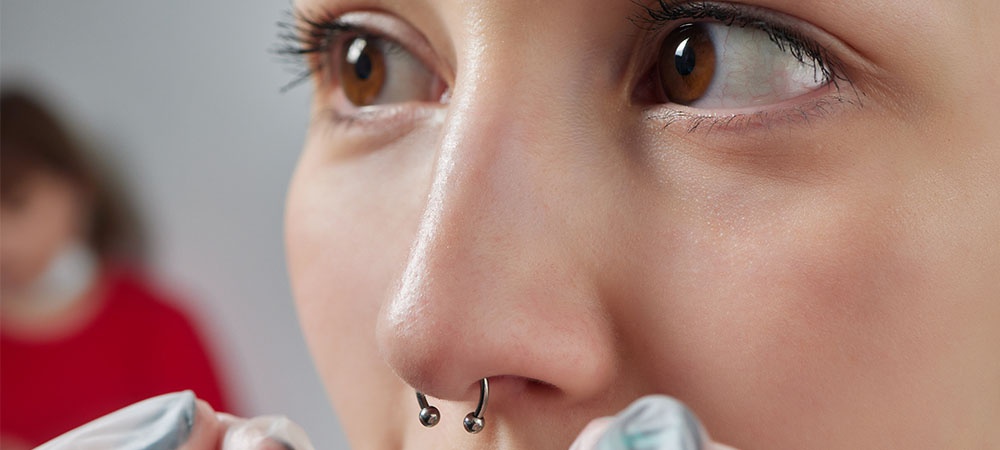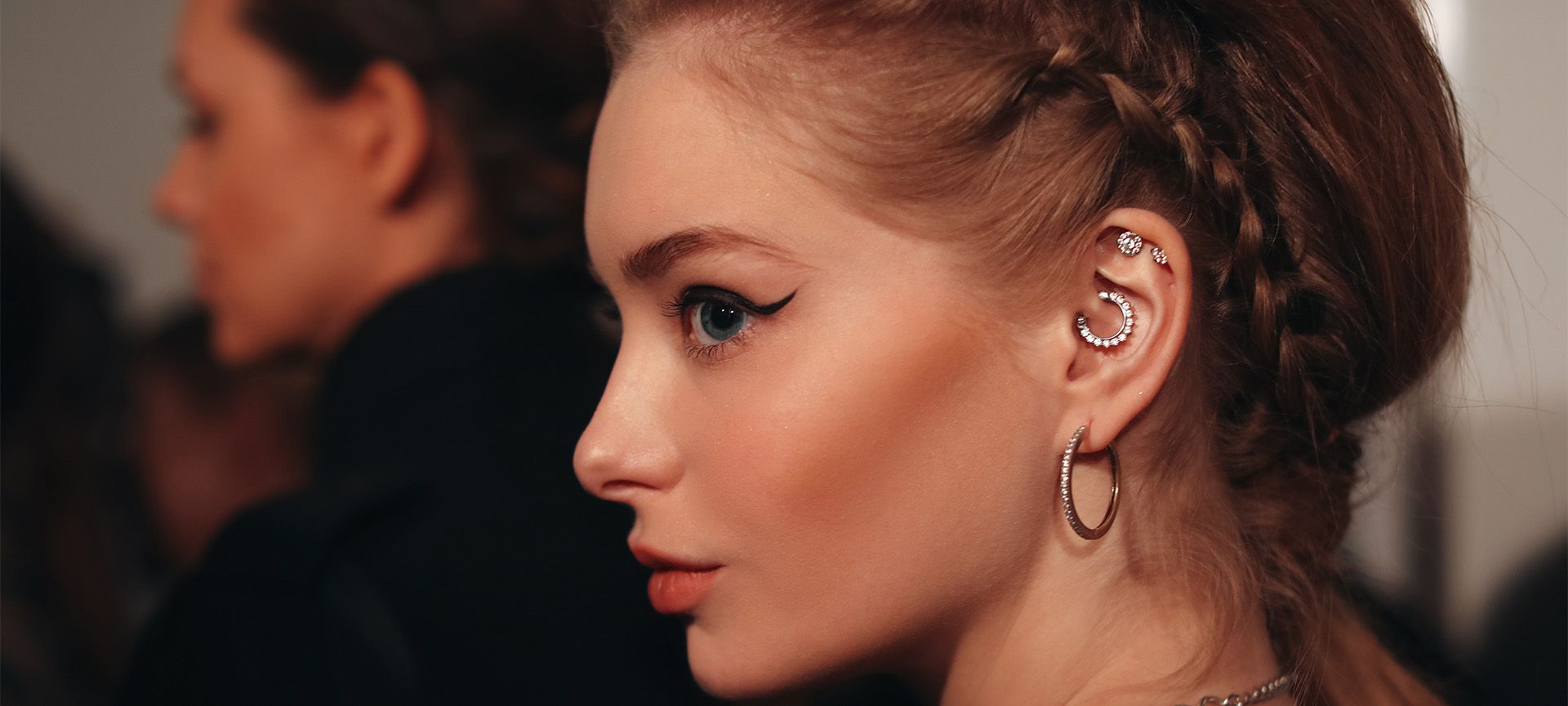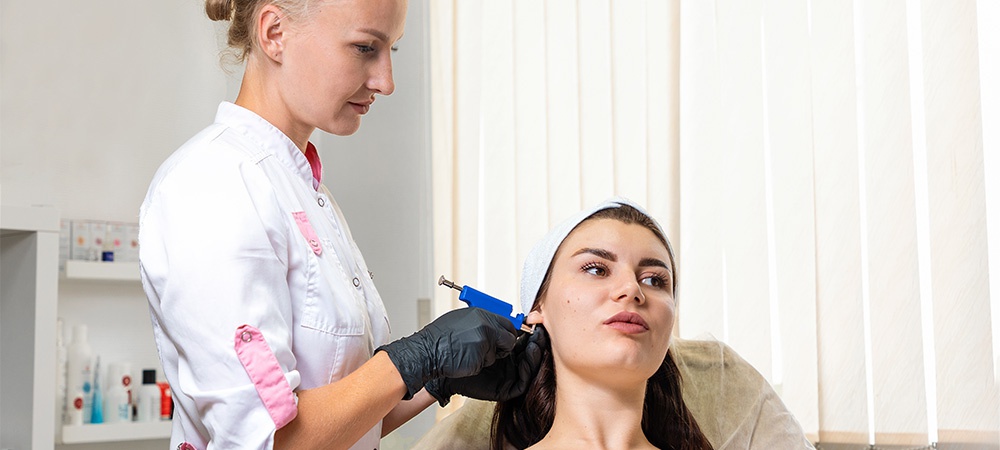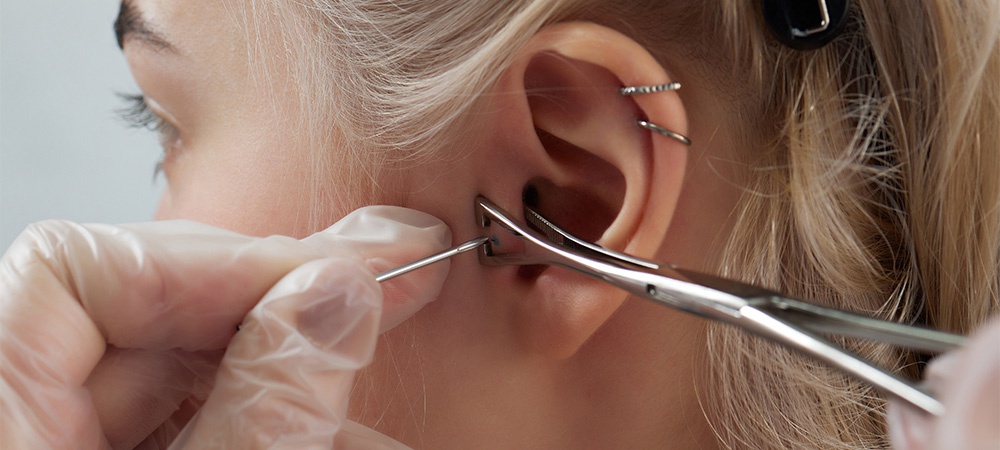Nose piercings symbolize many things for many people and cultures. Over the centuries, many have taken them as a symbol of tradition, beauty, or even rebellion.
Today, they have become a popular form of self-expression in Canada with distinct designs and jewelry.
It’s only normal to have questions about how much it costs if you’re looking to get a new nose piercing. The short answer is that it depends! In a city like Toronto, the cost of a nose piercing can go from $50 to $100 for the piercing alone. Additional costs on jewelry alone, for example, can reach $90 or more.
It’s important to note that various factors can affect the cost of a nose piercing. Some of these factors include the reputation and location of the studio, the piercer’s experience, and the materials used.
This blog discusses some of these factors and tips to save money on a new nose piercing without compromising safety or quality.
Types of Nose Piercings and How Much they Cost
As you would expect, there are various types of nose piercings, each one as beautiful as the next. This means the right type of nose piercing for you will depend on personal preference and professional advice from your Toronto piercing studio.
Nostril Piercing
This is one of the most popular types of nose piercing. The piercer typically makes a hole through the skin and cartilage of the nostril, and a piece of jewelry— rings, hoops, or studs— of choice is inserted. The hole can be made on either side of the nostril or on both sides to give a symmetrical look.
Septum Piercing
This type of piercing sits in the septum, and the jewelry hangs down the nose—resembling a bull’s ring. With septum piercing, the piercer makes a hole through the center of the skin’s thin strip in the center of the nose, between the nostrils.
The average cost of getting a septum piercing in Toronto is between $60 and $120, including jewelry such as circular barbells, bead rings, or septum clickers.
Bridge Piercing
Also called earl piercing, you’ll find a bridge piercing on the bridge of the nose and between the eyes. The piercer does their job through the skin on the bridge of the nose, and they can adorn the hole with surface bars or straight barbells.
Nasal Septum Piercing
Similar to the septum piercing, the piercing here is done through the nasal septum and goes near the tip of the nose. You can adorn your nasal septum piercing with a circular barbell or septum clicker.
High Nostril Piercing
High nostril piercings are placed higher up on the nose, above the regular nostril piercing. They can be on either side of the nose and are typically adorned with small studs or rings. In Toronto, the cost of a high nostril piercing ranges from $60 to $100, including the jewelry.
Vertical Tip Piercing
In vertical piercings, the piercer makes a hole vertically through the tip of the nose. They can then adore the nose with various jewelry pieces, like a surface bar or a straight barbell. It all depends on what you want.
As discussed above, there are various nose piercing types, each with a unique style, look and cost outlay. Start the journey to your new nose piercing by consulting a professional piercing studio near you.
Not only will you be able to discuss the cost of a new nose piercing, but you can also talk about piercing placement and get expert advice on the best jewellery options for your preferred look.
Related Article: How Much Are Ear Piercings and Where to Find Piercing Places Near Me
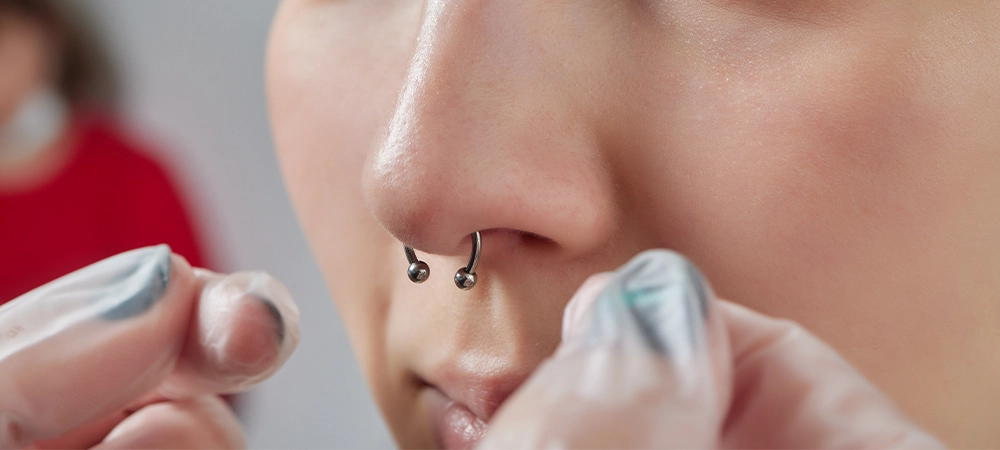
Here’s Why a Nose Piercing Can Cost $100
How much a new nose piercing costs depends on the following:
Studio reputation and location
The location and reputation of a piercing studio can largely affect how much you are charged for a nose piercing. If the Toronto piercing shop is in an upscale neighbourhood or has a solid reputation, you can expect higher prices than other piercing studios.
Piercer experience and skill
With experience comes perfection, which reflects the cost of a nose piercing. A piercing expert with multiple years of experience will charge more than other piercing studios in Toronto.
Quality of jewellery
The type or quality of jewelry you use also affects the price of the piercing. If you prefer high-quality materials like titanium, gold or diamond, you should expect to spend more compared to one who got the standard surgical steel.
Type of piercing
When you prefer more specialized or complex piercings like the bridge or septum piercing, you will spend more. This is because they require specialized experience and further equipment to get done without complications.
Additional services
Depending on the type of piercing you get, you may need follow-up appointments to ensure the piercing heals without complication. This type of additional service can add to the overall cost of a nose piercing.
Before you get a nose piercing, research different studios and understand the difference in prices. Alongside this, consider other factors beyond pricing when choosing a piercing studio. The piercer or studio’s experience, hygiene, and professionalism determine whether your piercing looks good and heals nicely. Think about these factors too!
How to Save Money on The Cost of A New Piercing
Piercing your nose shouldn’t cost you a fortune. The essence of this section is to explain how you can get the best pricing deal on a nose piercing without compromising on quality or safety.
Research and compare prices
This is the easiest place to start. Research different piercing studios and compare their prices. The goal isn’t to go for the cheapest but to understand and justify why each studio charges that price. Essentially, look for a studio that offers competitive pricing without overlooking hygiene and quality.
Check for promotions or discounts
Depending on the studio or time of the year, some piercing studios in Toronto may offer discount or promotions. Look out for those on billboards, social media or their websites.
Most piercing studios offer special deals to first-time customers or students. And if you’re not sure where else to get that information, don’t hesitate to walk into the studio to ask.
Consider basic jewelry options
It’s tempting to get an expensive piece of jewelry for your new nose piercing. However, if you’re on a budget, starting with a basic piercing is the wise thing to do. Opting for a simple design will help you save money.
It can be fun to go with the fancier jewelry pieces. But since you are trying to save money, stick to basic jewelry during the piercing process. Once the piercing has healed, you can upgrade to fancier jewelry.
DIY aftercare
If you want to save money, consider cleaning your piercing yourself, ensuring you follow proper hygiene practices to prevent infection. And if you aren’t sure how best to clean, talk to your piercer. It takes more than mild soap or saline solution to keep a piercing clean and healing smoothly.
Ask about payment plans
Toronto piercing studios offer installment options or payment plans so you can spread the piercing cost.
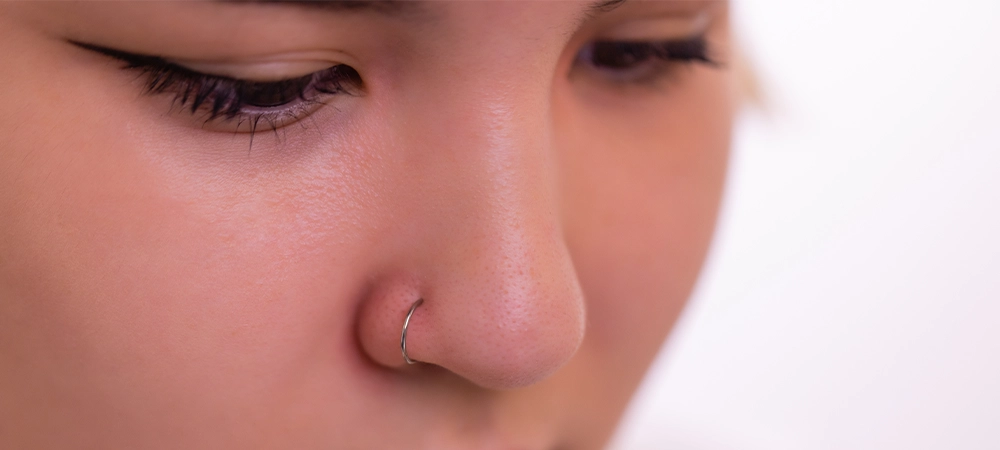
14 “don’ts” to Keep in Mind When Getting a Nose Piercing
- Don’t touch your piercing with dirty hands.
- Don’t use harsh cleaning products, such as alcohol or hydrogen peroxide.
- Don’t remove your jewelry too soon.
- Don’t swim in pools, hot tubs, or natural bodies of water while your piercing is healing.
- Don’t use makeup or beauty products on your piercing until it’s fully healed.
- Don’t ignore signs of infection, such as increased redness, swelling, pain, or discharge.
- Don’t twist or turn your jewelry excessively.
- Don’t sleep on your piercing.
- Don’t play with or fiddle with your piercing.
- Don’t use dirty towels or bedding on your piercing.
- Don’t expose your piercing to excessive sunlight or heat.
- Don’t use rubbing alcohol or hydrogen peroxide to clean your piercing.
- Don’t use cotton swabs or pads on your piercing, as they can leave fibres behind.
- Don’t ignore proper aftercare instructions given by your piercer.
Related Article: The Different Types Of Body Piercings You Can Get And Their Meanings
How much is A Nose Piercing?
In the end, the cost of a nose piercing can vary for various reasons. Some of the ones we have discussed in this article include the type of piercing you prefer, the quality of the jewelry and the location of the piercing studio.
And when you ask next time, how much is a nose piercing? The best answer is it depends.
Understanding the factors we discuss above, their effects, and the tips on how to save money will help you make a more informed decision about your nose piercing. You must also remember that proper hygiene and aftercare are important for a successful piercing experience.
When you’re ready to get a nose piercing, we invite you to book an appointment with Piranha Tattoo Studio. We offer package pricing and take different payment options to make your piercing experience convenient and affordable.



